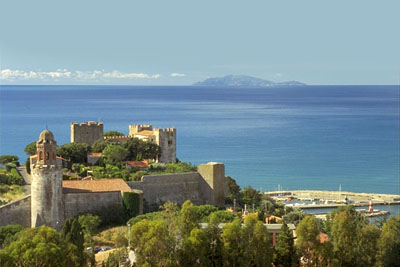
The little Theatre of Vetriano
The Theatre of Vetriano is the smallest historic theatre in the world, holding a record in the Guinness Book of World Records. Only about 17 square meters it is complete in every way in terms of the requirements for a theatre. Built in 1890, it has a trapezoidal plan and two rows of boxes to host plays and musicals commedies.
Informations and services:
How to get there: take the Firenze Mare highway, exit Lucca Est, direction Garfagnana, SS. Abetone to Diecimo and then follow the signs to “Teatrino di Vetriano”.
Visits: by appointment only. Please call +39 340 9724589 or +39 02 4676151 for reservation.
Rent: It is possible to rent the Theatre for conferences, shows, or as location for shooting, phone +39 0583 56891
Tickets:
Adults: euro 4,00
Children (5-10 years) euro 2,00
Teatrino di Vetriano:
Vetriano di Pescaglia LUCCA – info@fondoambiente.it




